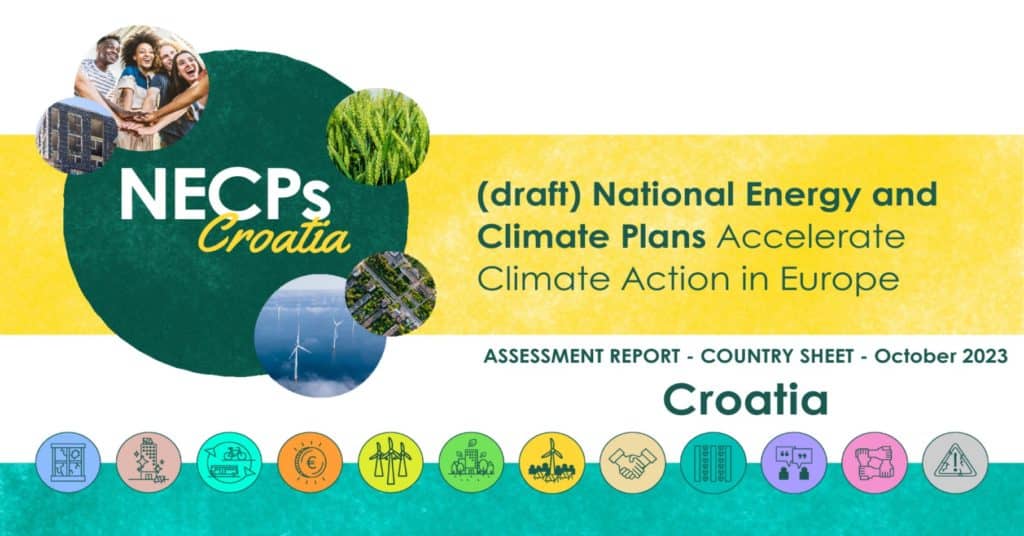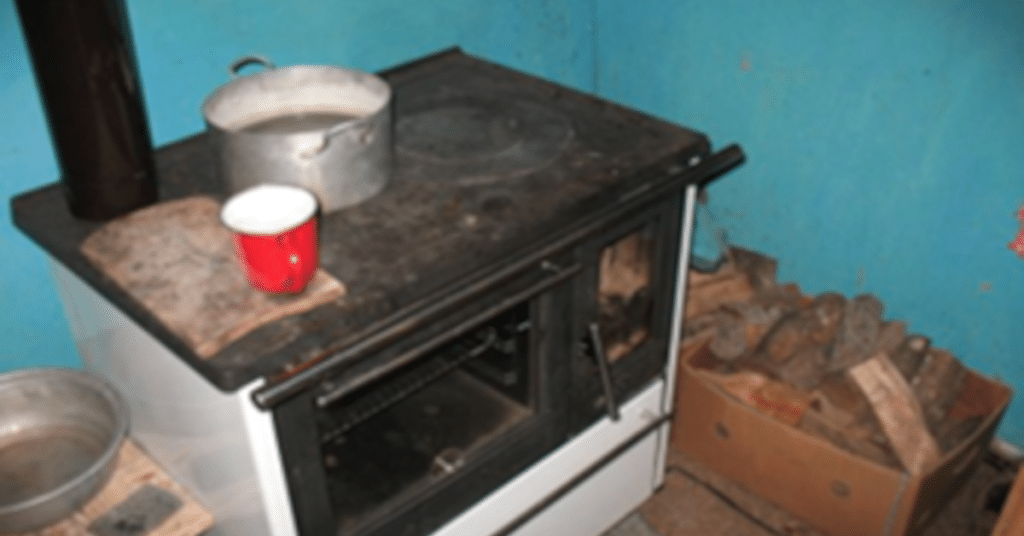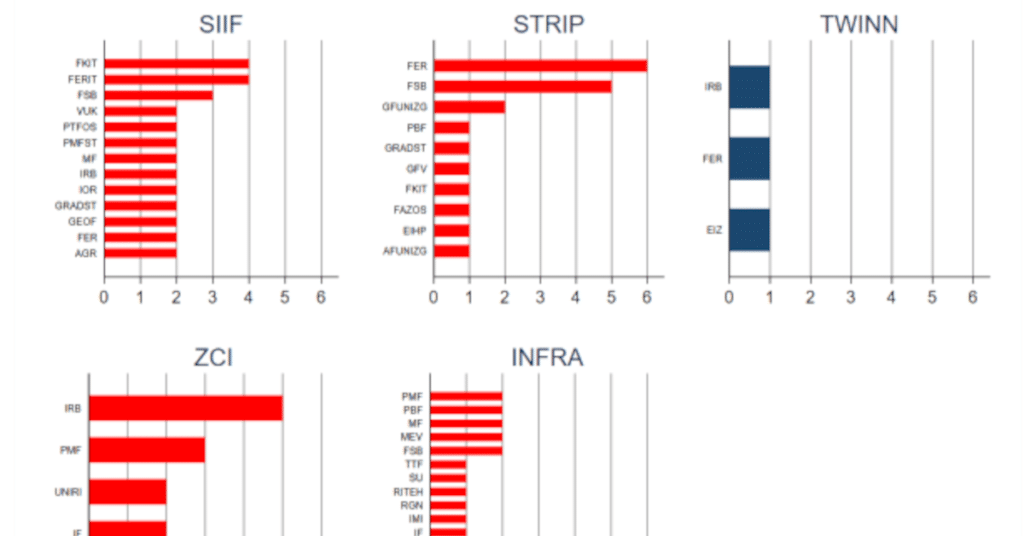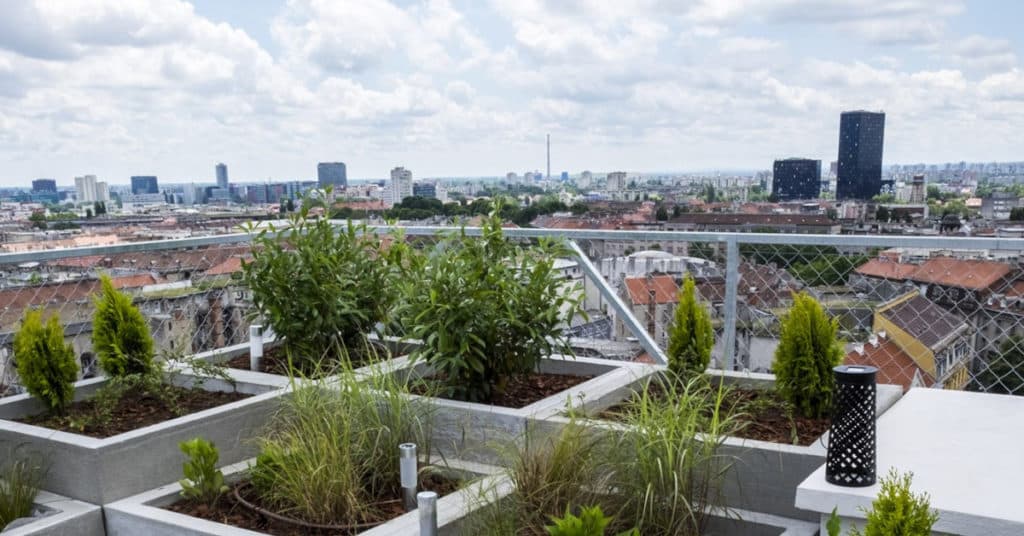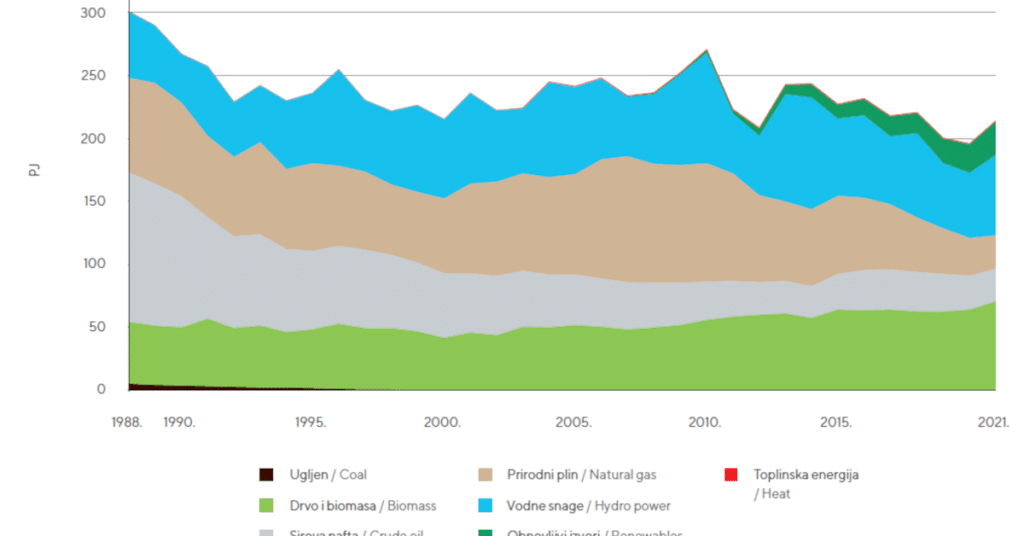Croatia NECP
The potential for exploitation of renewable energy in Croatia is significant. Being at the Mediterranean, insolation is big and yet unutilised. On the other hand, the Pannonian basin is rich in geothermal energy which is still not exploited enough for energy generation. Besides focusing on renewables, it is important to accelerate building renovations in all sectors.
Click HERE to download the Croatian draft NECP country assessment
Croatia – climate action progress in figures
Check Croatia’s implementation of its National Energy and Climate Plan
As of 2022, Croatia was not fully on track to implement its old 2019 NECP, which is now obsolete in terms of ambition. Gross emissions (25.7 MtCO2-eq) were well above the trajectory anticipated by the 2019 NECP (23.4 MtCO2-eq). While marginally mitigated by improvements in the LULUCF sector, the implementation gap exists also for net emissions. Values for non-ETS sectors do not always match the scope of the EEA dataset used to retrieve historical data for this report. Nonetheless, the tracker shows Croatia clearly being off-track both in the energy sector – where 2022 values are higher than pre-pandemic 2018 values – and transport sector – where emissions have increased after the pandemic (2020).
Croatia is also lagging behind its trajectories for final energy consumption. The share of renewables in the electricity mix has increased, but not enough to be reflected in final energy consumption, where the share of renewables has plummeted by almost 2 percentage points in 2022 compared to 2021.
Check here our latest briefing from October 2024
“Mind the NECP Gap”
Croatian NECP
The potential for exploitation of renewable energy in Croatia is significant. Being at the Mediterranean, insolation is big and yet unutilised. Besides focusing on renewables, it is important to accelerate building renovations in all sectors.

